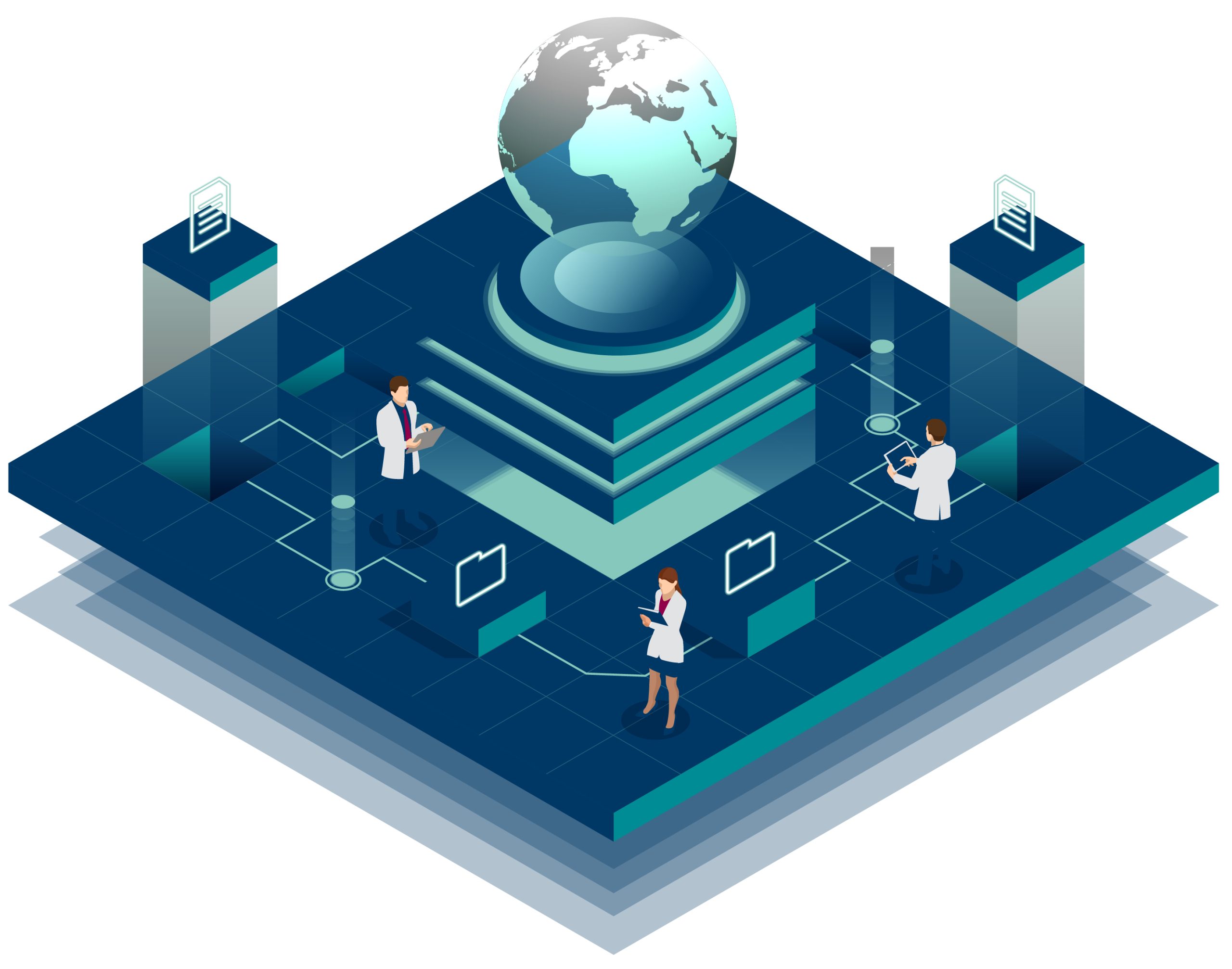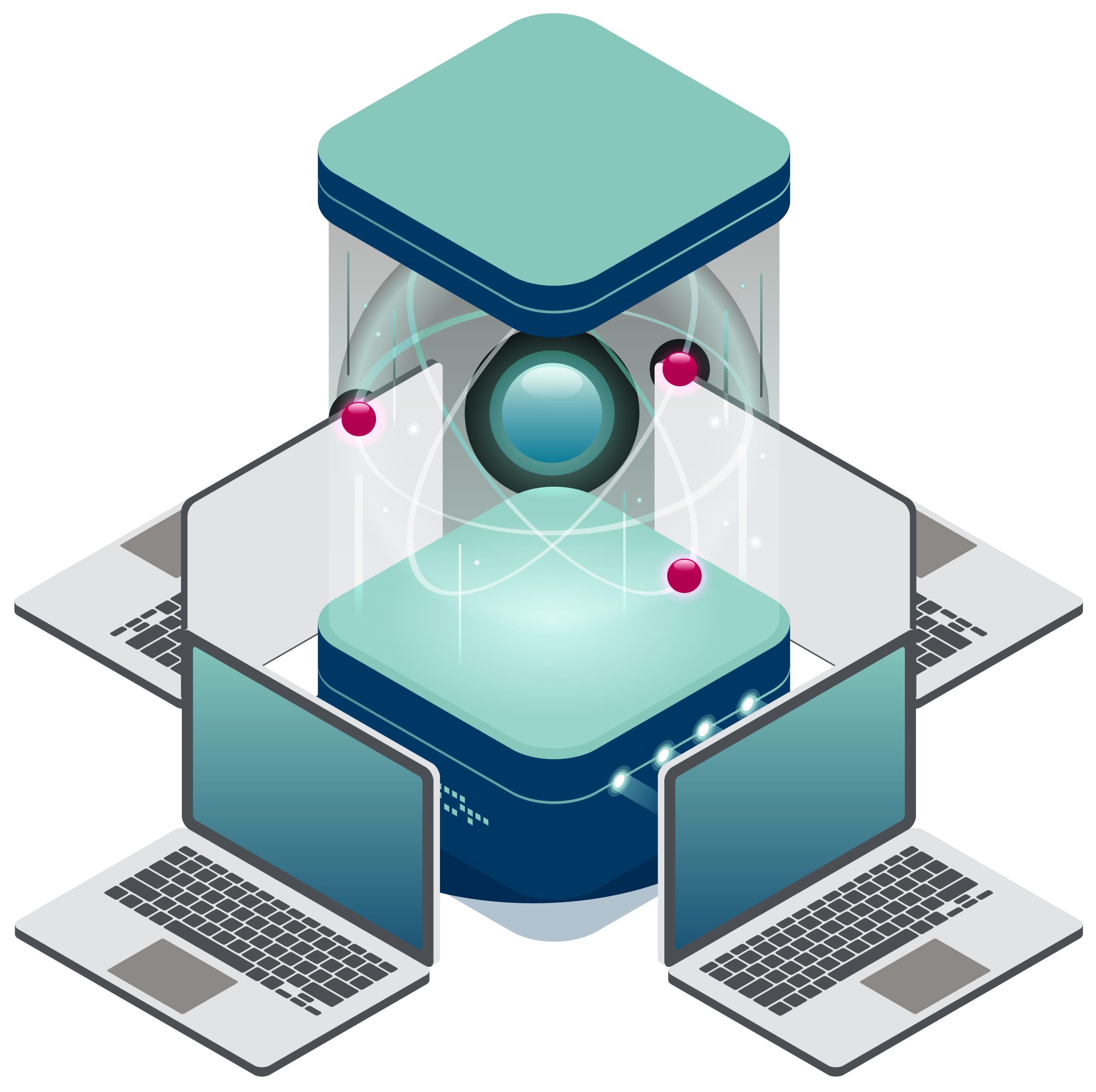A Guide to Identity Access Management in the Mid-Market
Blog post
Share
Data access and security have always been crucial concerns for both the Office of Finance and IT. However, with the impact of COVID-19 and the resulting surge of cyberattacks, implementing and maintaining data security standards are paramount. One effective precaution that organizations can adopt—to the benefit of the IT team— is Identity Access Management (IAM), which helps identify who a user is and what information they are authorized to access and alter.
What is IAM?
Identity Access Management is a system that secures, stores, and manages user identities and access privileges. IAM ensures that users are who they say they are and provides access to applications and resources as long as users have the appropriate permission.

Some examples of the most common IAM solutions include single sign-on (SSO), multi-factor authentication (MFA), and access management, which can all usually be deployed on-premises or in the cloud. The main goal of IAM is to ensure that your employees, customers, and partners are verified and only able to access the resources they need and have permission to see.
The Importance of Implementing an IAM Solution
The need for a robust IAM strategy today has become an integral part of IT teams all over the globe. Efficient IAM solutions can enable companies to boost employee productivity and improve their overall security position. For example, leveraging cloud-based solutions lets your employees work from anywhere at any time on any device which is especially relevant in current conditions.
For small- and medium-sized companies, especially those trying to break into a competitive industry, it can be tempting to put IAM on the back burner. Establishing proper IAM protocols is time-consuming, requires a dedicated IT staff, and usually comes with an initial and ongoing financial investment.

However, disregarding IAM can lead to unintended implications in the future. When considering the long-term benefits of IAM, evaluating risk is paramount. Legitimate user credentials were used in most data breaches, with 63% involving weak, default, or stolen passwords. By lowering the priority for IAM, you could be exposing the company to an increased chance of cyberattacks and data breaches as a result of your digital resources not being closely monitored.
An important thing to note is that IAM protects you from both external and internal attacks. A major percentage of hacking incidents occur because of insider threats. In fact, 65% of organizations are aware that their employees are using unsanctioned file-sharing tools, with 60% citing a lack of visibility into what users are sharing and accessing as a top concern.
The Challenges of a Lacking IAM Solution
An Increasingly Dispersed Workforce
A major way that companies can recruit and retain the best talent is to get rid of the traditional constraints of working from specific geographic locations and instead provide a flexible work environment. A remote workforce lets companies increase productivity while keeping expenses under control. However, with employees dispersed all over a country or even the world, IT teams are faced with an even tougher challenge of maintaining a consistent experience for employees without sacrificing security. To make matters even more complicated, the growth of mobile computing means that IT teams now have less visibility into the work of employees.
Distributed Applications and Devices
As the growth of cloud-based and SaaS applications continues to rise, users now have the ability to log in to their everyday business apps anytime, anywhere, and through any device. However, with the increase of distributed applications also comes an increase in the difficulty of governing user identities for those applications. Without an efficient way to access these applications, users will continue to wrestle with password management while IT is burdened by the rising support costs from frustrated users.

Employees, partners, and other members of a company are bringing in their own personal devices and connecting to the corporate network for both work and personal reasons. The difficulty with this isn’t necessarily the fact that outside devices are brought into the enterprise network, but whether or not IT has the capacity to protect the company without sacrificing the productivity of employees.
Productive Provisioning
Lacking a centralized IAM solution usually puts a heavier burden on IT as a result of having to provision access manually. Users’ productivity will decrease the longer it takes for them to receive access to their business applications and resources. On the other hand, forgetting to wipe out the access rights of ex-employees can result in major security consequences. In fact, 90% of ex-employees retain access to their former employers’ software applications. Another 49% were shown to have logged into a company account after no longer working there. In many companies, IT has to go through each user’s account manually to determine what they do have access to and also revoke access when applicable. As you can expect, manual provisioning and de-provisioning are very labor-intensive and prone to human error.
The Benefits of Investing in an IAM Solution
Centralize Access Control
Access control is about finding a happy medium. Too much access to certain systems is risky and too little can decrease productivity and frustrate users. IAM provides the needed balance by allowing for the setup of centralized policies for the right access privileges. A good example is revoking your marketing team’s access to the accounting system while granting access to your finance team; this not only provides more flexibility but also better security and ease of use.
Lower Chances of Data Breaches
With a centralized IAM solution and the help of SSO and MFA, your employees will no longer have to remember multiple passwords. Instead, they will have the ability to authenticate their identity using evidence-based authorization, like answering a personal question. IAM also includes advanced encryption settings to protect sensitive data and reduce the risk of breached user credentials.
Reduce IT Costs
Reducing costs is one of the greatest benefits — not only for IT teams but for the company overall. IAM automates and standardizes many tasks that were previously managed manually by IT such as identity, authentication, and authorization management. Labor costs associated with keeping the company environment secure will be minimized.
Regulatory Compliance
A powerful IAM solution can support compliance with regulatory standards such as Sarbanes-Oxley and HIPAA. Companies today are required to meet the continuously changing set of regulatory requirements related to data access governance and privacy management. The good news is that IAM provides control over who can access data and how it can be used and shared.
IAM Best Practices
Rushing into an IAM implementation is not the best option and often causes more headaches than solutions. That’s why it’s extremely important to plan ahead and set a clear strategy for how IAM will be run within your company.
Depending on what IAM solution you decide to adopt, implementation can take several weeks. It’s important to make sure that your resources have the bandwidth to focus on these tasks without being distracted by other issues.

Your company relies heavily on technology to move forward and grow. As technology advances, it’s not a matter of “if” but “when” you’ll adopt IAM within your company.
Learn more about the security and compliance measures Adra by Trintech can provide your organization today.
Written by: Jose Alonso


